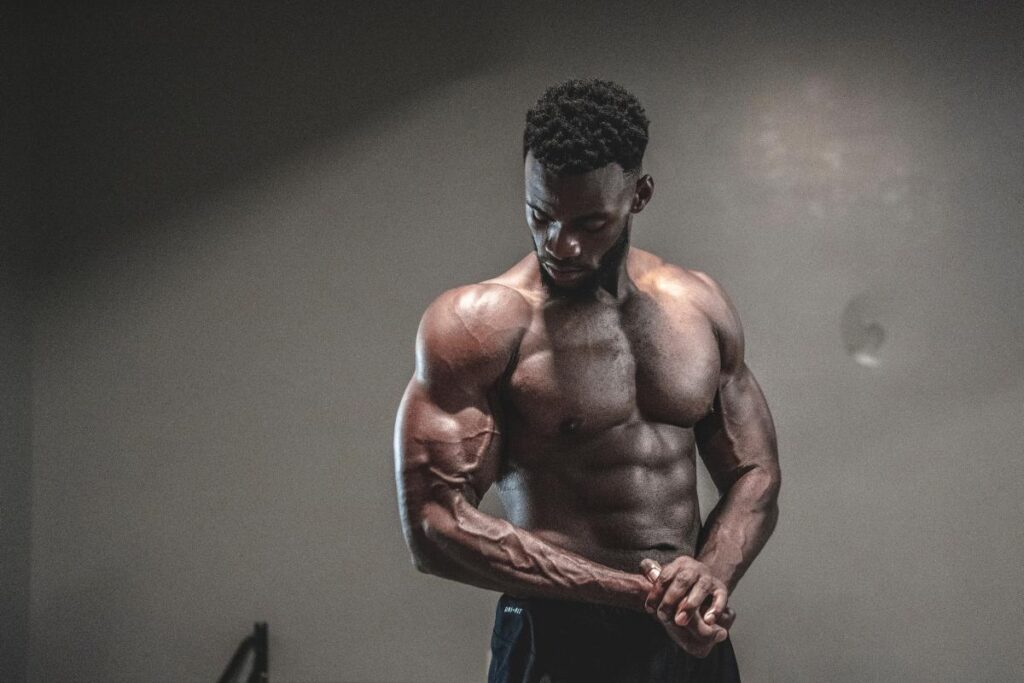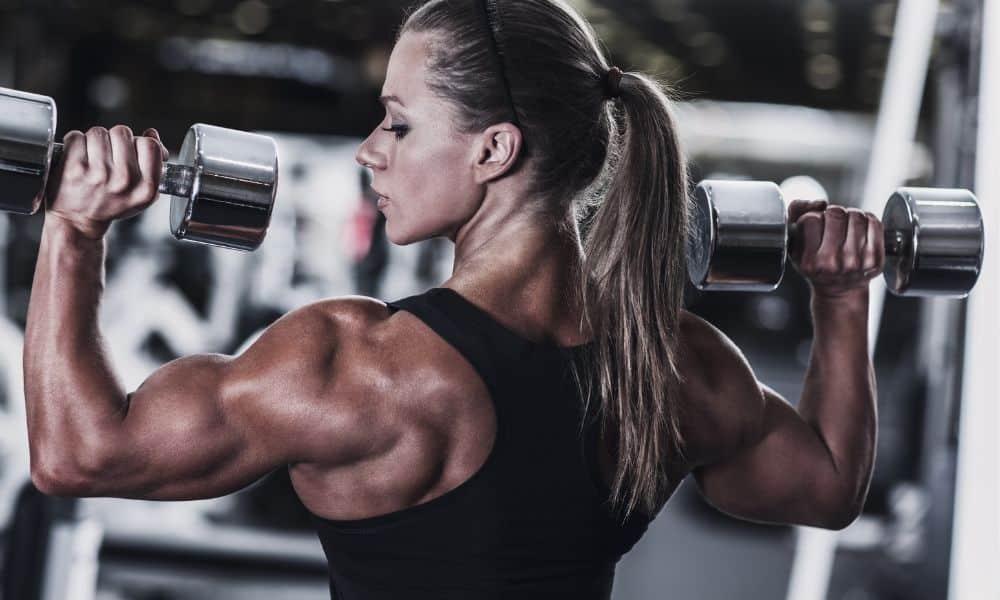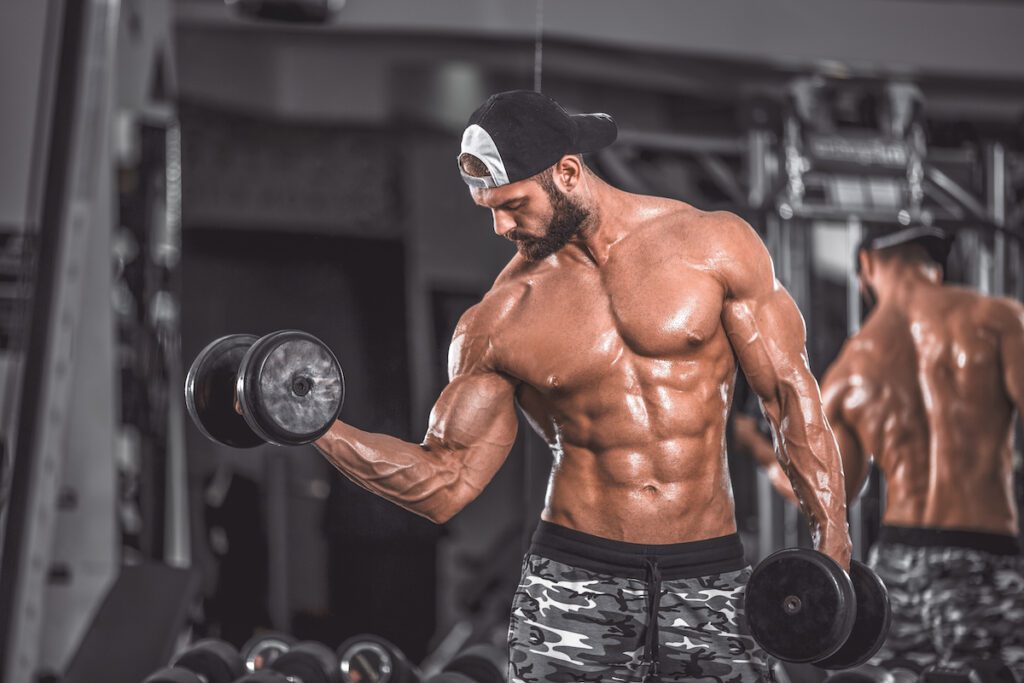From approximately 1894 to 1939, the Bronze Era of bodybuilding holds a significant legacy that continues to influence modern fitness culture. During this period, bodybuilding practices and principles laid the groundwork for the evolution of the fitness industry. The enduring impact of Bronze Era bodybuilding can be seen in the way fitness is perceived, the training methods utilized, and the lessons and inspiration drawn from the practices of legendary bodybuilders.
Influence on Modern Fitness Culture:
Bronze Era bodybuilding played a pivotal role in shaping modern fitness culture. During this time, physical fitness and strength gained widespread recognition and popularity. The emphasis on body aesthetics, balanced muscular development, and the pursuit of a well-rounded physique set the foundation for the standards of modern bodybuilding competitions.
Additionally, the rise of iconic figures like Eugen Sandow, Charles Atlas, and Steve Reeves as cultural icons brought bodybuilding into the mainstream consciousness. Their influence extended beyond the bodybuilding world, inspiring individuals to prioritize fitness, adopt healthier lifestyles, and explore physical training as a personal development.
Tracing the Evolution of Bodybuilding and Fitness:
The legacy of Bronze Era bodybuilding can be traced through the evolution of bodybuilding and fitness practices over the decades. The period laid the groundwork for developing gym equipment, weightlifting techniques, and training methodologies. As modern bodybuilding competitions emerged, they showcased athletes with extraordinary physiques and highlighted the dedication and discipline required to achieve such feats.
Over time, the fitness industry expanded to include various exercise modalities, from strength training and bodybuilding to aerobic exercises, yoga, and functional fitness. Understanding nutrition and its role in physical development also grew, emphasizing balanced diets to support training goals.
Lessons and Inspiration from Bronze Era Bodybuilders:
The practices of Bronze Era bodybuilders offer valuable lessons and inspiration for modern fitness enthusiasts. One of the key takeaways is the emphasis on natural training methods and dedication to hard work. During this period, bodybuilders relied on bodyweight exercises, functional movements, and makeshift weights, showcasing the effectiveness of simple yet effective training techniques.
Moreover, the dedication and discipline demonstrated by iconic bodybuilders like Eugen Sandow and Steve Reeves remind us of the importance of consistency and perseverance in pursuing physical excellence. Their stories of transformation, from humble beginnings to becoming cultural icons, motivate individuals seeking to achieve their fitness goals.
The legacy of Bronze Era bodybuilding also teaches us the significance of a balanced approach to physical fitness. The emphasis on aesthetics and proportionality over sheer mass highlights the importance of creating harmonious and well-rounded physiques.
Conclusion:
The legacy of Bronze Era bodybuilding (around 1894 – 1939) is deeply ingrained in modern fitness culture. This period laid the foundation for developing bodybuilding as a sport and influenced the evolution of fitness practices over the decades. The influence of iconic bodybuilders from this era can still be felt today, inspiring individuals to prioritize physical fitness, embrace natural training methods, and adopt disciplined lifestyles.
The lessons and inspiration drawn from the practices of Bronze Era bodybuilders remind us of the timeless pursuit of physical excellence and the dedication required to achieve greatness in the fitness world. As we explore new fitness modalities and training methodologies, we can honor the legacy of Bronze Era bodybuilding by embracing the principles of balance, dedication, and perseverance in our pursuit of optimal physical health and performance.
If you love bodybuilding, share this article on Facebook or Twitter so that others can learn more about building muscle.
Related Articles




